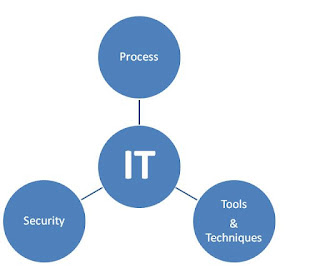Regardless
of the type of the business, there is always the possibility of an accident or
damage to someone’s health. The hazards may include manual handling, working
with DSE (Display Screen Equipment), dangerous machinery or even stress. In the
UK there are still over 600,000 workplace injuries every year and 1.8 million
cases of ill health caused by work (Learn HQ 24-7 Press Release, April 2012). So
when considering these high numbers, it is not only your social responsibility,
but also makes good business sense, to pay attention to the company’s health
and safety protocol.
How to raise health
and safety (H&S) awareness in your company:
- Have an H&S policy in place. It doesn't have to be too complicated and should highlight clearly who does what, when and how.
- Encourage a culture of safety by asking employees to speak out about safety issues.
- Use safety signage to keep employees educated about possible hazards, company procedures and general safety tips.
- Hold regular fire and emergency drills.
- Provide training and information. Perhaps try making your H&S inductions a bit more fun and engaging by showing videos, for example short YouTube clips.
By the Health and Safety at Work Act and the Management of
Health and Safety at Work Regulations, the companies and individuals need to
ensure that adequate provisions are made for health and safety at work. Without following
the legal requirements, the company is in breach of the Health and Safety Law.
In addition to following the law, it adds value to the business. The most obvious benefit of implementing health and safety practices
is that it provides a safe environment for employees and visiting clients. It should
also be a first priority as it helps to reduce accidents and speeds up recovery
times should an incident occur. Accident prevention will in return increase
employees’ productivity.
Other
benefits include:
- Better working relationships between management and employees – employees feel that management cares about their wellbeing by offering health insurance, time off for sick days, a range of health services etc. Higher morale amongst employees results in fewer ‘duvet days’.
- Employees consider health and safety to be a necessary part of their employment package. An extensive health and safety program can be a motivator to remain with the company, which results in employee retention.
- A health and safety policy works to keep the workplace clear of hazards, e.g. slippery surfaces, blocked hallways, use of chemicals and dangerous machinery. A clean and safe workplace improves the overall health of the company and willingness to learn and develop work knowledge.














